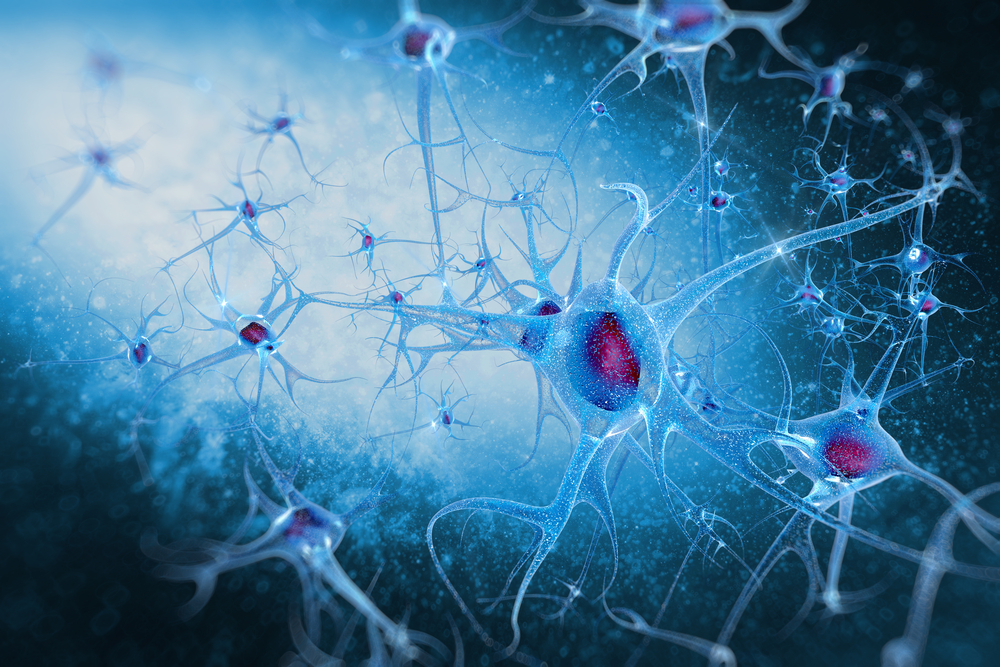Researchers Identify Motor Neurons’ Cause of Death in Spinal Muscular Atrophy

A team of researchers from Harvard University and the Karolinska Institute in Sweden unveiled the cellular pathway leading to the specific death of motor neurons in spinal muscular atrophy (SMA). The study entitled “Genome-wide RNA-Seq of Human Motor Neurons Implicates Selective ER Stress Activation in Spinal Muscular Atrophy” was published in the Cell Stem Cell journal.
Spinal muscular atrophy (SMA) is a genetic degenerative disease that affects motor neurons in the spinal cord and lowers brainstem, resulting in muscle weakness, atrophy and eventually death. This disease is the leading genetic cause of infant mortality, affecting 1 in 6,000-10,000 newborns. SMA is caused by mutations in the SMN1 gene, resulting in the reduced levels of survival motor neuron protein, which is present in all type of cells. However, it is still unclear why the loss of this particular protein causes the specific death of motor neurons.
In this study, researchers investigated the causes that make motor neurons more susceptible to survival motor neuron protein loss. The team carried out RNA sequencing studies in purified motor neurons produced from induced pluripotent stem cells (iPSCs) in control and SMA patients. Genetic profile analysis revealed that SMA motor neurons expressed higher levels of apoptotic and endoplasmic reticulum stress genes when compared to control motor neurons. Moreover, the authors showed that the loss of survival motor neuron protein specifically triggers a cellular stress response related with the endoplasmic reticulum – the unfolded protein response – in the motor neuron population. These pathways eventually lead to motor neurons’ death because these cells are more susceptible to endoplasmic reticulum stress when compared to other types. Drugs that inhibit endoplasmic reticulum stress increase SMA motor neuron survival, implicating endoplasmic reticulum stress in motor neurons’ death.
The team observed that in mice models of SMA there is an increase in endoplasmic reticulum (ER) stress markers in their spinal cords and that motor neurons preservation could be achieved using ER stress inhibitors. Treated mice showed reduced spinal cord markers for ER stress, a concomitant improvement in spinal motor neurons’ survival, motor function and a modest increase in lifespan. These results directly associate neuronal death with the activation of ER stress, more specifically, the unfolded protein response pathway.
In light of this novel data it seems that neuroprotective agents targeting endoplasmic reticulum stress or increasing survival motor neuron protein levels can be a promising therapeutic against SMA. Nonetheless, these treatments are unlikely to alleviate all the systemic defects caused by survival motor neuron protein deficiency, as the small increase in the lifespan of treated animals clearly shows. Authors highlight the importance of future studies investigating SMA dysfunctions in other cell types for the development of an effective SMA therapy.







